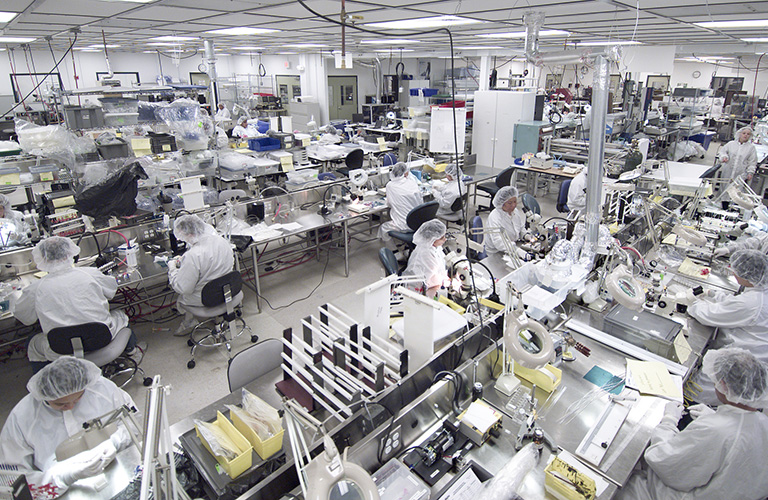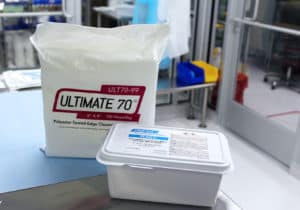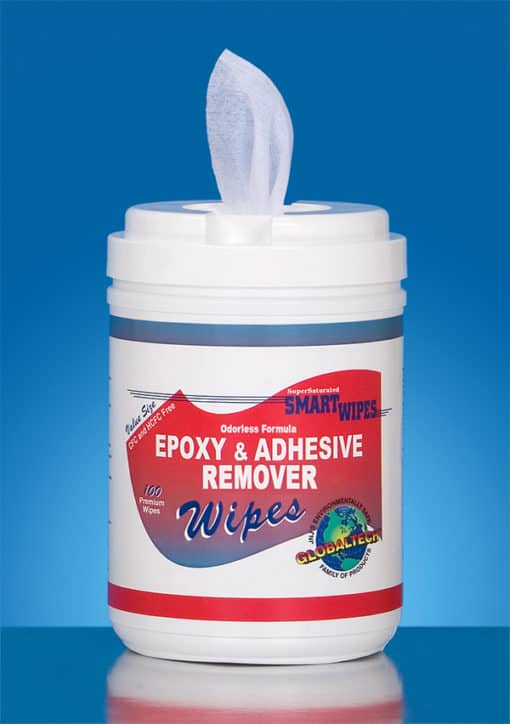Cleanroom News, General Topics
Changes To USP800 and Why They Matter
For the last several years, there has been a great deal of anticipation regarding the implementation of USP800.
Several changes along the way have further escalated this anticipation. Now, It seems that the most recent changes and release date will stand.
So today, we’ll discuss the latest changes to USP800 regulations. Let’s review the standard and take a look at what’s changing.
USP800 Reviewed
USP800 is a chapter in the U.S. Pharmacopeial (USP) Convention’s code. The USP is the regulatory body that sets legal standards for drugs. The FDA (U.S. Food and Drug Administration) enforces the standards.
The laws, of course, apply to the pharmaceutical and healthcare industries. The regulations aim at preventing careless handling of dangerous drugs or other materials that could cause a public health concern.
The guidelines cover the safe handling of hazardous drugs (HDs) that the National Institute for Occupational Safety and Health defines are drugs that meet one or more of these specific six characteristics in humans or animals:
- Carcinogenicity
- Teratogenicity or other developmental toxicity
- Reproductive toxicity
- Organ toxicity at low doses
- Genotoxicity
- Structure and toxicity profiles of new drugs that mimic existing drugs determined hazardous by the above criteria
Per the guidelines, safe handling is defined as:
- Proper receiving and unpacking
- Storing
- Preparing
- Compounding
- Dispensing
- Administering
- Environmental Controls
All personnel must abide by these guidelines or face actions from the FDA.
Changes to USP800
Changes to USP800 will go into effect on December 1st, 2019. They’re aimed at overhauling the engineering controls for the preparation and packaging of HDs. While the new regulations include significant changes, we can sum up some major changes that will have a profound impact:
- Facilities using biological safety cabinets (BSCs) and compounding aseptic containment isolators (CACIs) are subject to new permissible conditions.
- Elimination of the “low volume exception” that allowed using Class II BSC or CACI for sterile and non-sterile HD preparation.
- All HD preparation must occur in a negative pressure environment.
- Employers must provide the appropriate HD safety training for employees in positions that handle HD drugs. Each employee needs a yearly reassessment and documentation of competency.
- Creation of a supervisor for HD practices that will oversee a quality-assurance program.
The most notable change is easily the HD preparation in a negative pressure environment. Facilities will need to build permanent clean rooms that include expensive ventilation and other safety measures.
Preparing for USP800
Your facility needs to prepare for the upcoming changes to USP800. The new negative pressure standards, especially, are set to cause a market disruption that will shake things up as all parts of the industry invest money to adjust to the new regulations.
We want to help you stay ahead of that disruption, and benefit from it when there’s money to make. Get in contact with us before you start building your negative pressure space.
We’ll ensure you have all the supplies you need to get your clean room up and running in no time.




